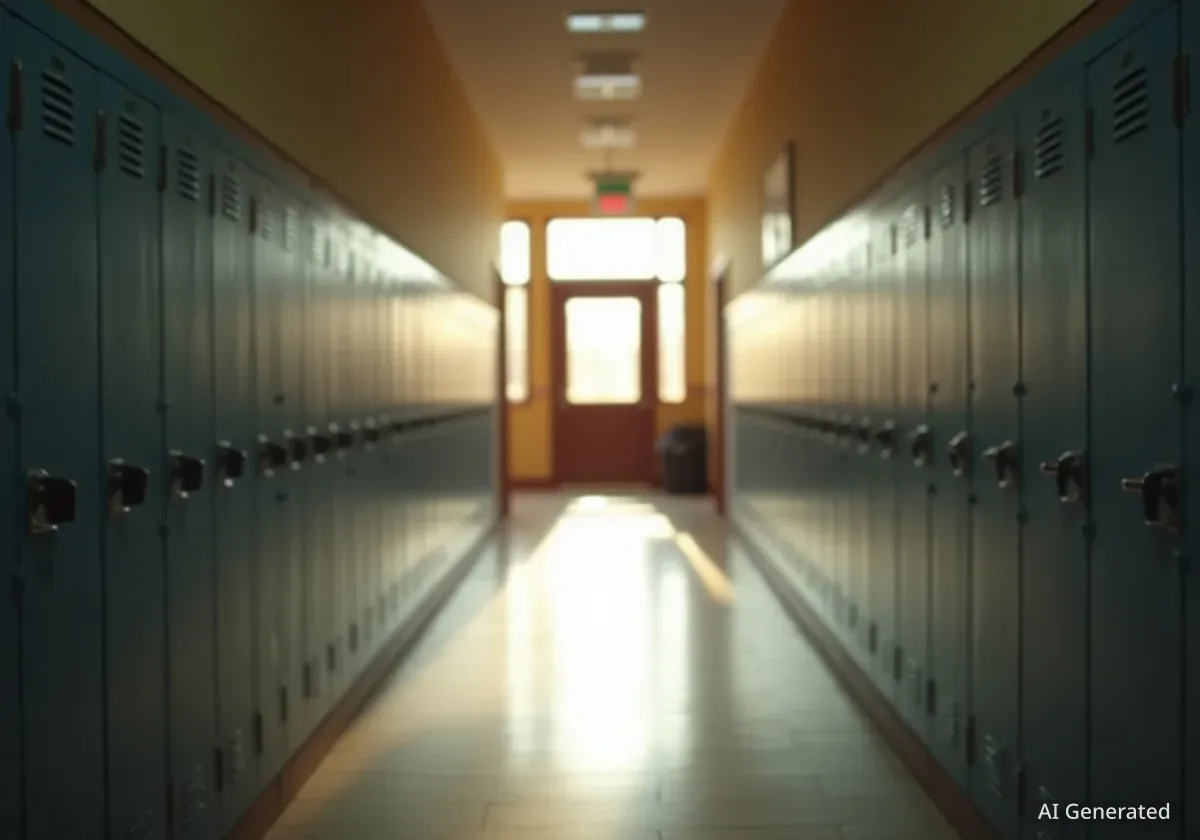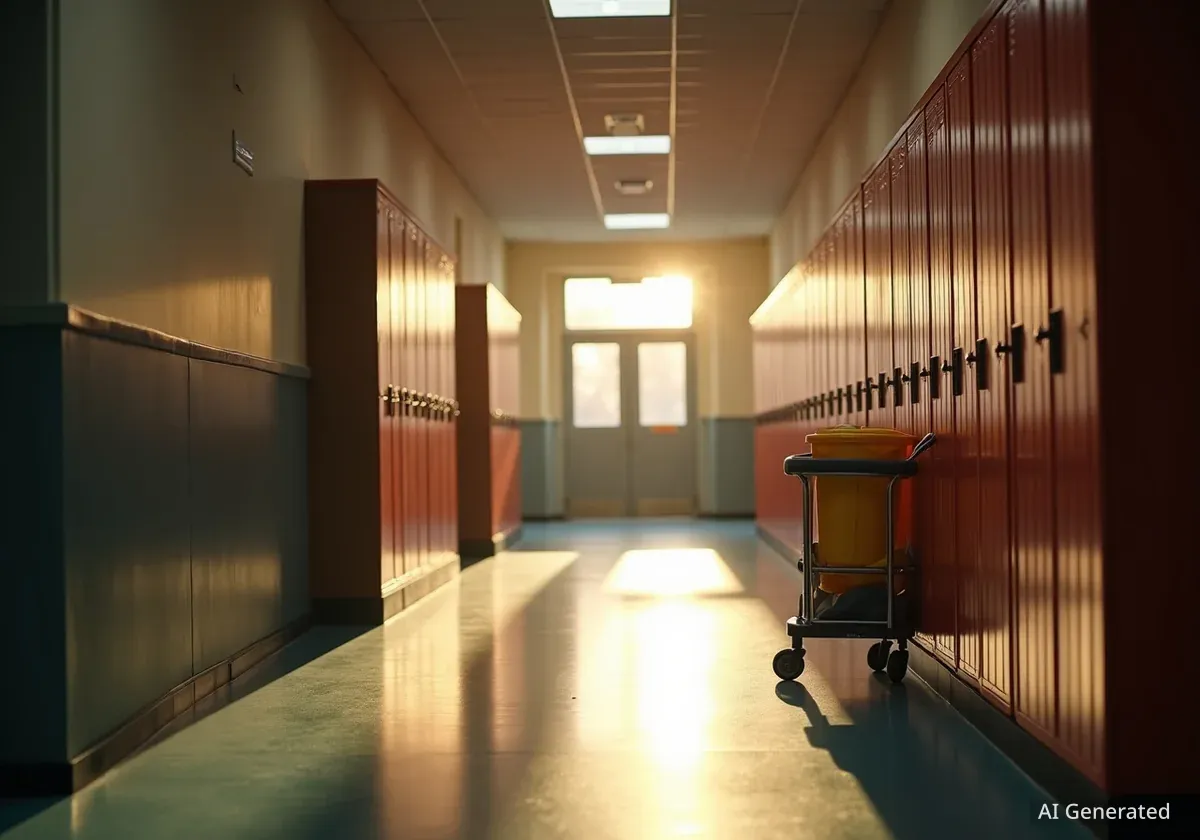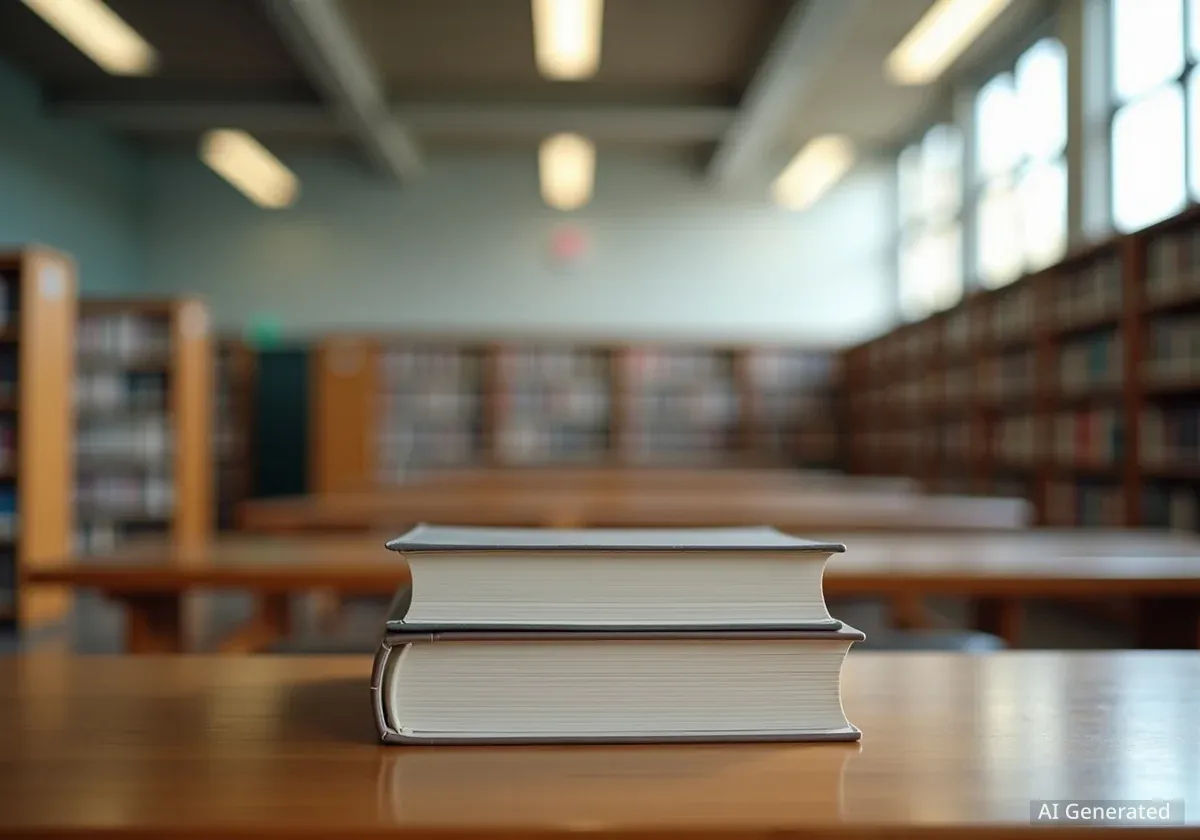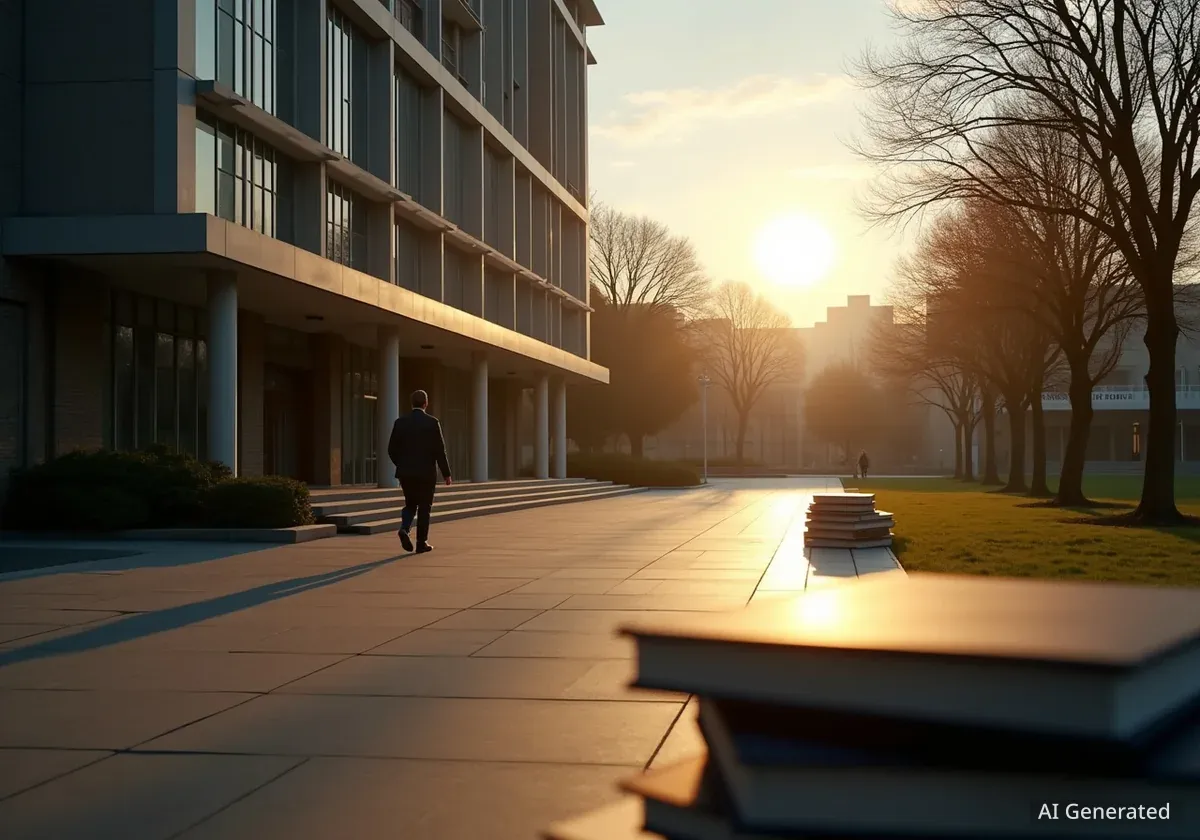The Austin Independent School District (AISD) has unveiled a preliminary draft plan that proposes the closure of 13 schools, including 11 elementary campuses and two middle schools. District officials state the proposal is a response to financial pressures and state mandates, aiming to improve efficiency and resource allocation across the district.
Key Takeaways
- AISD released a draft plan to close 11 elementary schools and two middle schools.
- The proposal will impact school attendance boundaries for every campus in the district.
- Students affected by boundary changes will have the option to remain at their current school.
- The district aims to address inefficiencies and achieve approximately $30 million in cost reductions.
- A final vote on the school closure plan is scheduled for November 20.
Details of the Proposed Closures
On Friday, Austin ISD leadership presented a draft proposal that identifies 13 schools for potential closure. The plan is currently under review and is not final. District Superintendent Matias Segura emphasized that the list is subject to change based on community feedback and further analysis.
The schools listed in the preliminary plan are a mix of elementary and middle school campuses. The district has stated that this consolidation is part of a larger strategy to create stronger, more sustainable neighborhood schools.
Schools Named in the Draft Plan
The following 13 schools are included in the preliminary closure proposal:
- Middle Schools: Bedichek and Martin
- Elementary Schools: Barrington, Becker, Bryker Woods, Dawson, Maplewood, Oak Springs, Palm, Ridgetop, Sunset Valley, Widen, and Winn Montessori
The timeline for the decision-making process is compressed. The AISD board is scheduled to review the plan on October 9, followed by a series of community engagement meetings. The final vote by the board is set for November 20.
Community Feedback and Engagement
Since the plan's release, the district has been actively soliciting feedback from parents, staff, and community members. Superintendent Segura confirmed that the response has been significant, with a variety of reactions from the AISD community.
By Tuesday morning, just a few days after the announcement, the district had received approximately 700 "comment cards" from families providing specific input on the proposal. Segura described the feedback as thoughtful and constructive.
"I think because now that it’s been released, people are able to respond to something, as opposed to not knowing what the plan may include," Segura said. "It is a draft plan, so we know that it will change."
While acknowledging the anxiety and concern the proposal has generated, Segura noted that many community members understand the need for changes due to the district's aging infrastructure and financial challenges. "There’s certainly feedback from certain communities regarding significant changes, and we’re going to work through those with our community," he added.
Navigating Boundary and Enrollment Changes
The closure of 13 schools necessitates a redrawing of attendance zones, a process that will affect every school within Austin ISD. To minimize disruption for students, the district has committed to allowing current students to stay at their schools if they wish, even if their home is rezoned to a different campus.
Segura explained this process is often referred to as "grandfathering."
"Essentially, if you’re a second grader and you go through a shift in your school, we want you to stay at that school if you choose to do so, through third, fourth and fifth grade," he stated.
During the annual enrollment process, parents of rezoned students will see an option to select their child's original school. Segura acknowledged the complexity of the system and asked for patience, encouraging families to contact the district if any errors occur. "We want to limit disruption wherever we can... keeping communities together is very, very important for us," he said.
Rationale Behind the Decisions
The district's proposal is driven by several factors, including state accountability ratings, operational efficiency, and a stated financial goal of reducing costs by $30 million. The plan addresses both underperforming schools and some that have received high ratings.
Addressing Underperforming Schools
Seven of the schools slated for closure have received three consecutive "F" ratings from the Texas Education Agency (TEA). Under state law, these schools would have been required to implement state-mandated turnaround plans (TAPs) in the next school year.
What are Turnaround Plans (TAPs)?
A Turnaround Plan is a set of rigorous interventions mandated by the Texas Education Agency for schools that consistently fail to meet state academic standards. These plans often involve significant changes to staffing, curriculum, and school operations, and come with additional state oversight and resources.
According to Segura, the TAPs will not disappear. Instead, they will follow the students. "The way that it’s going to work is where there’s a consolidation, the majority of students, whatever school that they’re going to, that school will then receive the turnaround plan," he explained. The receiving schools will also get the additional support and resources associated with the TAP.
Closing High-Rated Campuses
The draft plan also includes the closure of schools with strong academic records, including four with "B" ratings and one with an "A" rating. This has raised questions from parents who feel the district is disrupting successful school communities.
Segura addressed these concerns by focusing on the needs of the entire district. He stated that while many schools are thriving, the system as a whole must be reconfigured to ensure all students have access to the resources they need to succeed.
"The system as a whole has to serve all students," Segura said. "There are incredible schools everywhere in Austin ISD, but not all of our students are getting what they need to be academically successful. And to do that, it requires resources."
He reiterated the district's commitment to achieving financial stability and better feeder pattern alignments. "To do that holistically, it’s going to require moving things that have previously been been stable to achieve that goal," he concluded, acknowledging the challenge while emphasizing the opportunity to create a more equitable and efficient system for all 70,000 students in AISD.





